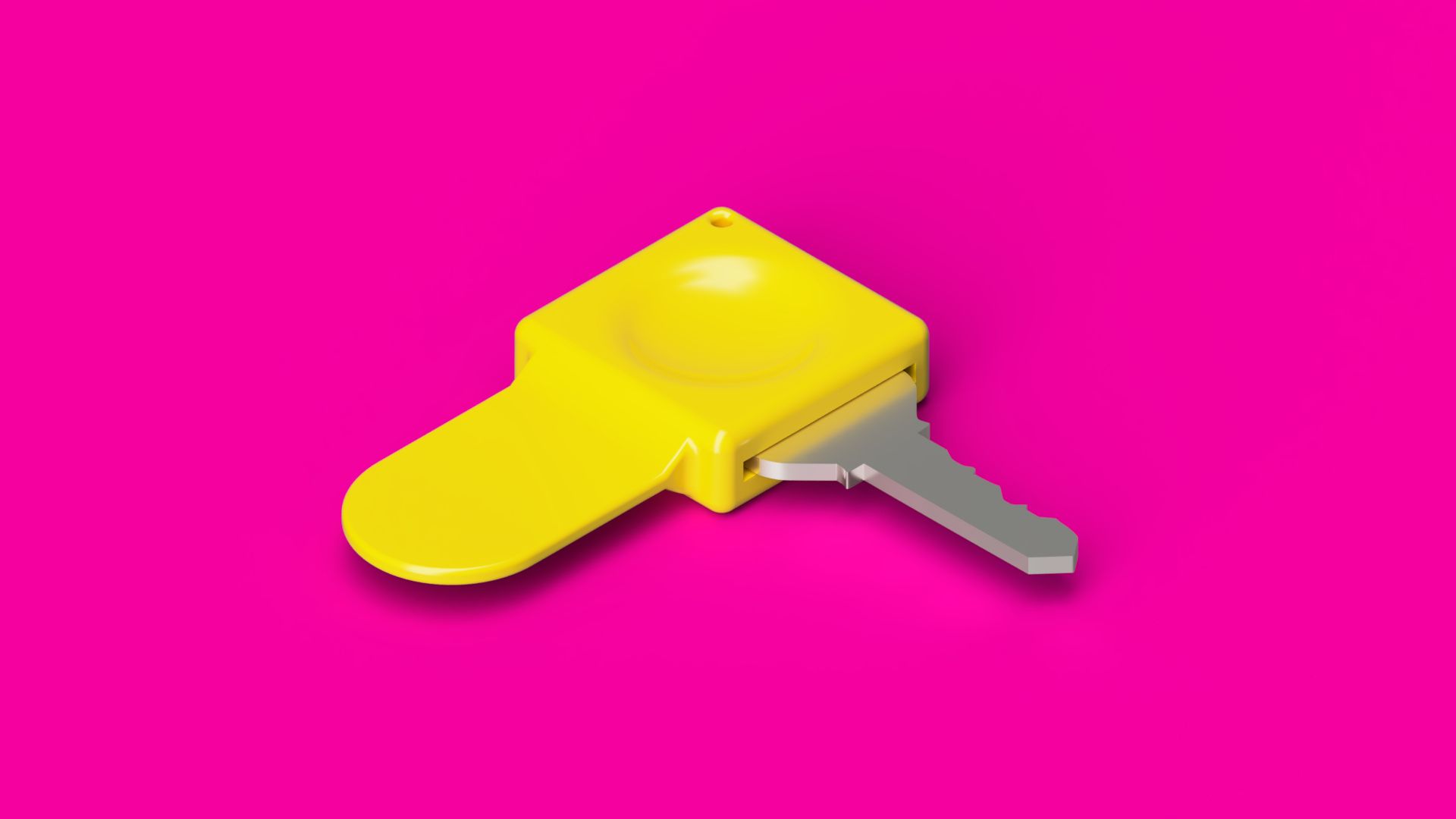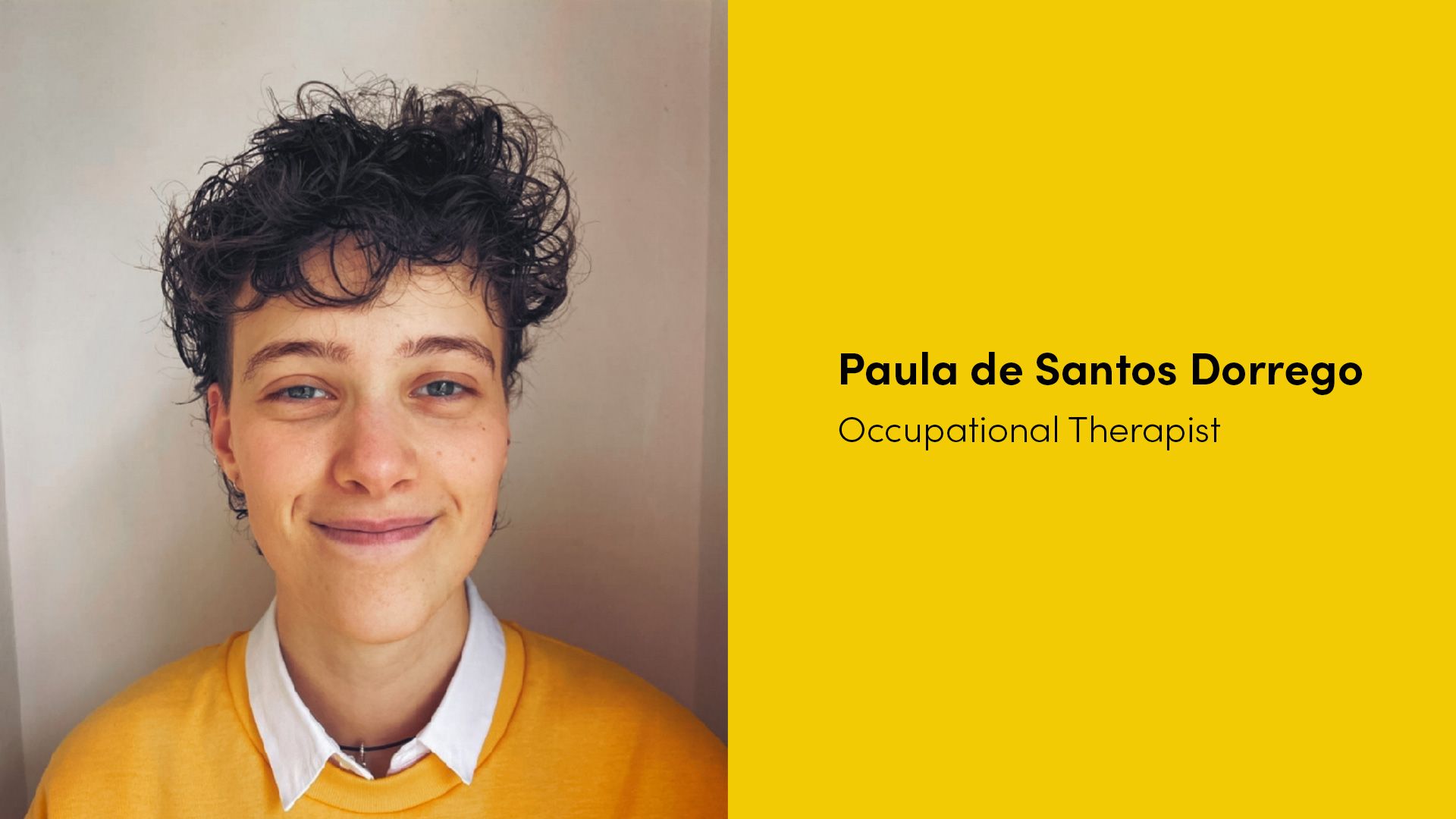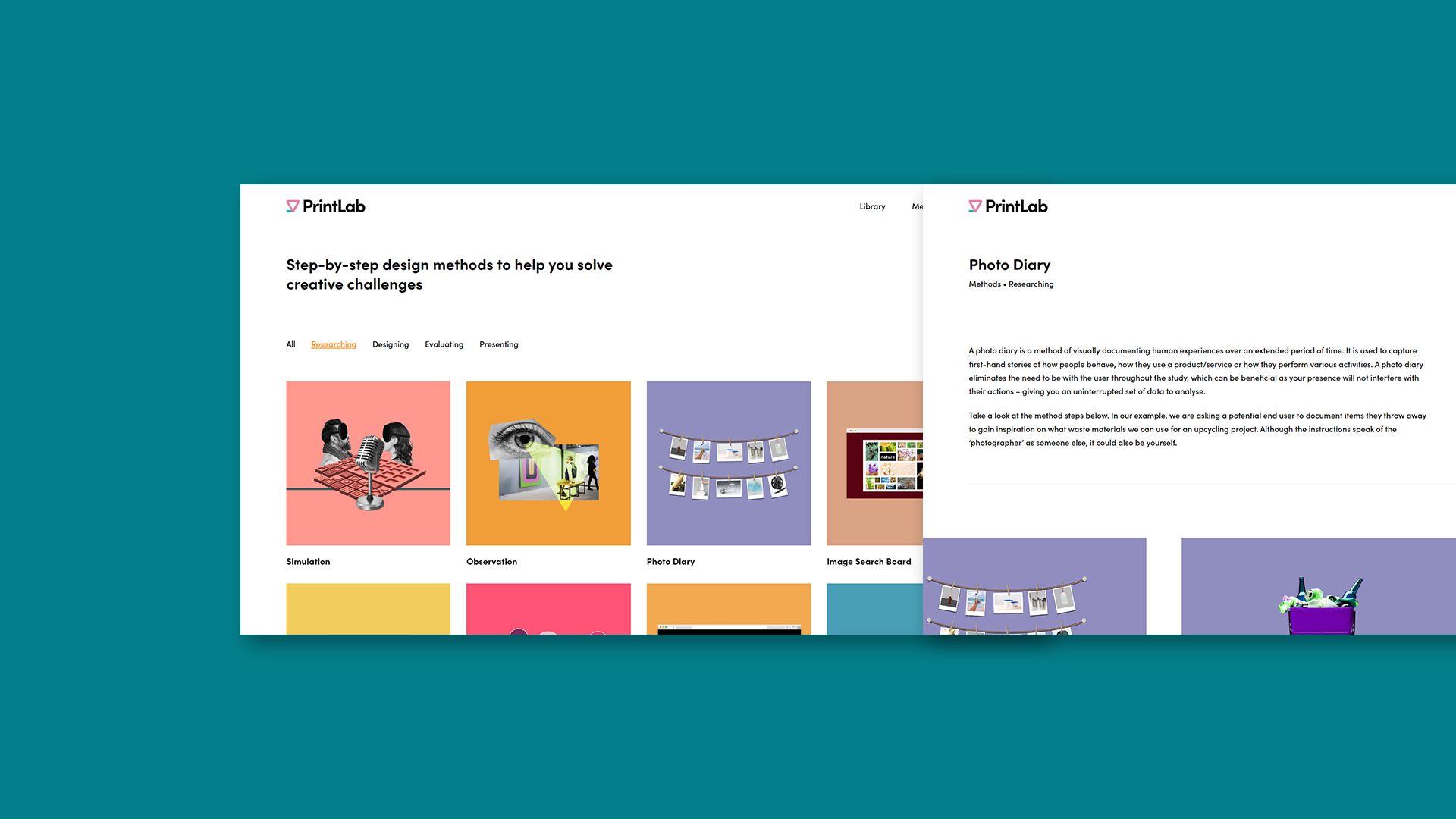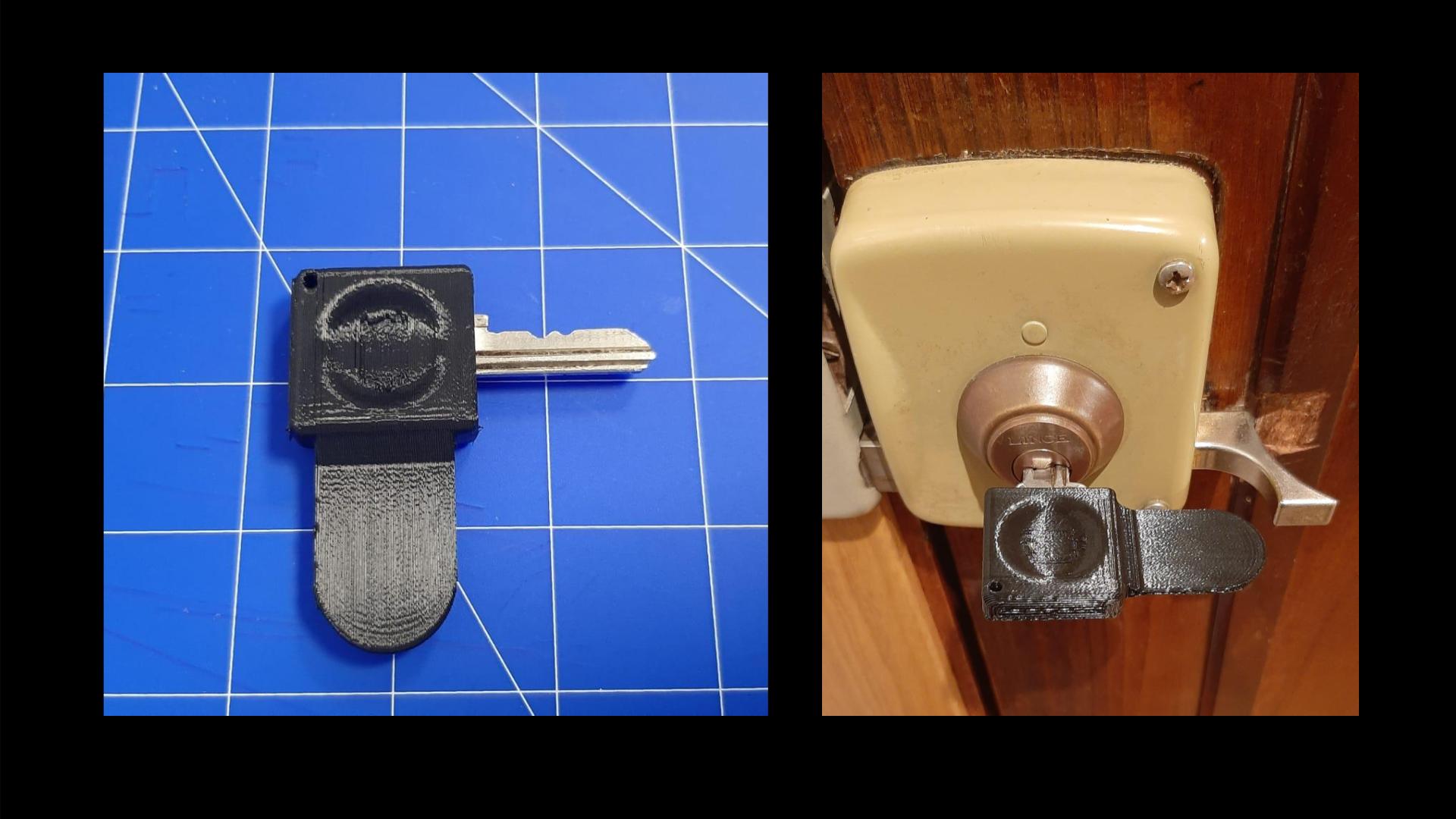3D Printing for Occupational Therapists
It’s been amazing to see more and more Occupational Therapy students and professionals get involved with 3D printing in previous months. They play such a vital role in the assistive technology ecosystem and today, we’re delighted to sit down with Paula de Santos Dorrego, who talks about her journey with 3D design and 3D printing. Check out the interview below!

26th February 2024 • News
Hi Paula! Thank you so much for joining us on the PrintLab blog today. Can you tell us a little about yourself and your background?
Hi there! Thank you for having me on the PrintLab blog. I’m Paula de Santos Dorrego, a 22-year-old Occupational Therapist, born in a small town in Galicia, Spain. I graduated in September 2023 with a degree in Occupational Therapy from University of A Coruña, where I also completed specialized training in assistive technologies and adaptive solutions.
My journey into 3D printing took a significant turn during my second year of the degree program. It was at this point that I began to dive into 3D design, recognizing its potential to address unique challenges in occupational therapy. What makes my journey even more interesting is that my training in 3D design was through a self-learning methodology. I identified the power of 3D printing and took it upon myself to acquire the skills needed to incorporate this technology into my practice.
Currently, I contribute as an Occupational Therapist at CITIC, an ICT research center, actively involved in a project aimed at introducing new technologies into centers for people with disabilities. In this research-focused role, I aim to bridge the gap between cutting-edge technology and the practical needs of individuals with disabilities.

How does 3D printing fit into your role as an Occupational Therapist? And what are the benefits of using this technology?
The intersection of 3D printing and occupational therapy opens up a world of possibilities in creating customized assistive devices and adaptive solutions to the specific needs of individuals.
The flexibility of 3D printing allows me to design and produce personalized tools and devices that address the unique challenges faced by my clients. Whether it’s ergonomic aids, adaptive utensils, or orthopedic supports, this personalized approach fosters a sense of empowerment and independence among individuals.
One of the key benefits of utilizing 3D printing in occupational therapy is the cost-effectiveness of producing customized solutions. Traditional manufacturing processes for assistive devices can be expensive and time-consuming. With 3D printing, I can create prototypes and final products reducing both time and costs. Furthermore, the iterative nature of 3D printing facilitates continuous improvement and adaptation of devices as the individual’s needs evolve. This ensures that the assistive devices remain relevant and effective over time, promoting long-term independence for the users.
What would you say are the main challenges for the adoption of 3D printing in the Occupational Therapy sector?
The sector faces several challenges, reflecting a delicate balance between the evolving nature of technology and the demands of clinical practice. One prominent obstacle is the reduced time available for professionals to acquire the necessary skills. Occupational Therapists often juggle demanding clinical workloads, leaving limited time for learning and mastering the intricacies of 3D design and printing. The diverse responsibilities of Occupational Therapists, ranging from direct patient care to administrative tasks, may pose challenges in finding dedicated time for acquiring new technical skills
Addressing these challenges requires a multifaceted approach. Providing accessible, concise, and relevant training programs that accommodate the time constraints of busy professionals is essential. Advocacy for the benefits of 3D printing in improving patient outcomes and the overall efficiency of therapeutic interventions is crucial to garner interest from professionals. Initiatives that highlight the cost-effectiveness and long-term benefits of 3D printing in creating personalized assistive devices help shift priorities and encourage broader adoption within the Occupational Therapy sector.
How do you envision the role of 3D printing in Occupational Therapy in 5 years time?
Envisioning the role of 3D printing in Occupational Therapy five years from now involves anticipating advancements in technology, changes in practice, and the broader integration of innovative solutions. Here are some ideas I have of how this might evolve:
- Standardization of Training Programs: It’s plausible to see the development of standardized and widely accessible training programs for Occupational Therapists in 3D design and printing.
- Increased Collaboration with Technology Experts: This could involve partnerships with engineers, designers, and technology specialists to co-create innovative solutions tailored to the unique needs of clients.
- Integration into Healthcare Policies: There could be a shift in healthcare policies to encourage remunerate structures and incentives for clinics and professionals incorporating 3D printing into their services may emerge.
- Broader Community Impact: Outreach programs, collaborative projects with community organizations, and the sharing of 3D printing resources could contribute to a more inclusive approach, ensuring benefits reach individuals in various settings and socioeconomic backgrounds.
It was a pleasure to have recently supported you with some of our PrintLab learning resources. Can you talk a little about how you used the platform and what you learned from it?
In my learning journey on PrintLab, I began with the basics course on Fusion 360. Since I hadn’t used this software before, it seemed like an attractive opportunity to enhance my designs. While Tinkercad served me well, I wanted to refine my designs with more intricate details, and Fusion 360 offered the perfect software for that.
The learning process on the platform was dynamic and engaging. I particularly appreciated the methods’ resources, which came as a pleasant surprise. This feature stood out as unique compared to other learning platforms I’ve explored. It provided valuable insights and techniques that I hadn’t encountered elsewhere.

Moving forward, I delved into different projects focused on assistive devices. Designing and creating assistive devices allowed me to directly apply what I learned in the courses, reinforcing theoretical concepts with practical applications.

The platform utilizes a combination of learning the basics, hands-on experience, and project-based learning, which greatly contributed to keeping me engaged throughout the entire process. The structured progression from fundamentals to real-world projects was beneficial, allowing me to build a strong foundation before tackling more complex applications.
What advice would you give to Occupational Therapists who are looking to get started with 3D printing?
For Occupational Therapists looking to get started with 3D printing, here are some of my most valuable pieces of advice:
- Start with the Basics: Learn the mechanics of 3D printers, the principles of layering, and the basics of 3D design software. This knowledge forms the bases for more advanced applications.
- Start Small, Scale Gradually: Begin with simple designs and gradually increase the complexity as your confidence grows without feeling overwhelmed.
- Join 3D Printing Communities: Connect with fellow Occupational Therapists, 3D printing enthusiasts, and experts in the field. Sharing experiences, seeking advice, and participating in discussions can offer insights and solutions to common challenges.
- Stay Updated: Regularly check for updates on new materials, printing techniques, and emerging trends. This proactive approach ensures that you remain at the forefront of advancements.
—
A huge thank you to Paula for sharing her thoughts and opinions with us today. Paula also created a portfolio that documented her process of designing the assistive key turner you see above. We’ll be sharing this in a separate blog next week so stay tuned! Finally, you can keep up-to-date with Paula’s journey via LinkedIn and if you’re looking to learn how to design your own assistive technology, check out the free trial to PrintLab here.